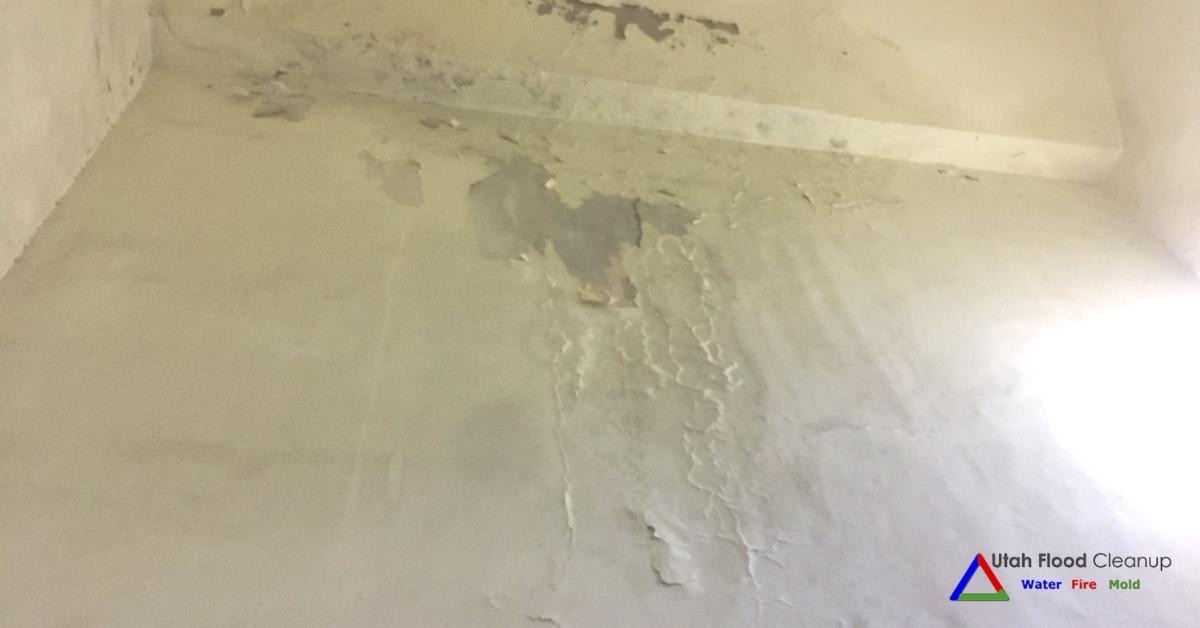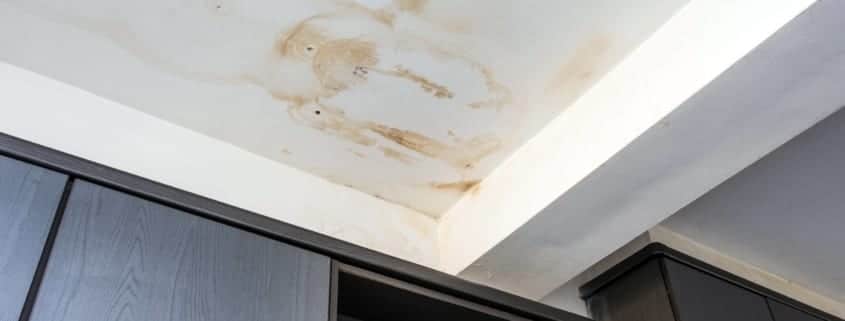What Inspect and Fix Water Stains on Walls
What Inspect and Fix Water Stains on Walls
Blog Article
On this page down the page you can discover a bunch of sensible ideas regarding Water Stains on Walls.

Water spots on walls are not enjoyable to the eyes. Occasionally it seems practically unpreventable to experience water spots on wall surfaces in houses.
Home owners living in moist areas constantly deal with the anxiety of water discolorations on wall surfaces. With accurate and also well-shaped information on the reasons of water spots and also timely repair procedures, you will constantly be a step in advance of such occurrences.
3 Usual Reasons For Water Discolorations on Walls
Unlike popular belief, water discolorations on walls do not always stem from poor structure products. There are several sources of water spots on walls. These consist of:
Poor Drain
When making a building strategy, it is important to ensure ample drain. This will stop water from seeping right into the walls. Where the water drainage system is blocked or nonexistent, below ground moisture accumulates. This links to extreme moisture that you notice on the wall surfaces of your structure.
So, the leading cause of wet walls, in this situation, can be a poor drain system. It can likewise result from inadequate management of sewage pipelines that go through the structure.
Damp
When hot damp air meets completely dry cold air, it triggers water beads to base on the wall surfaces of buildings. When there is heavy steam from food preparation or showers, this takes place in kitchen areas and also washrooms. The water beads can tarnish the bordering walls in these parts of your house as well as infect various other locations.
Damp or condensation impacts the roofing as well as wall surfaces of structures. When the wall surface is wet, it creates an appropriate atmosphere for the development of fungi and germs.
Pipeline Leaks
Many residences have a network of water pipelines within the walls. It always increases the stability of such pipelines, as there is little oxygen within the wall surfaces.
A disadvantage to this is that water leak impacts the walls of the building and causes widespread damage. A telltale sign of defective pipes is the appearance of a water tarnish on the wall surface.
Water Discolorations on Wall Surface: Repair Work Tips
When dealing with water spots, house owners would typically want a fast solution. Yet, they would certainly soon realize this is disadvantageous as the water discolorations persist. So, right here are a few useful tips that will certainly assist you in the repair work of water stains on wall surfaces:
Pro Tip
A houseplant in your house additionally raises its humidity. So, if the house is already moist, you might intend to present houseplants with very little transpiration. An example of appropriate houseplants is succulents.
Verdict
No one wants to have water stains on walls in their home, it can happen to the best of us. This write-up offers you utilize, as you currently understand exactly how to handle this incident if it does happen.
It is always best to recruit expert services to assist repair the damages in your home.
Sometimes it seems almost inevitable to experience water discolorations on wall surfaces in houses.
Contrary to prominent belief, water stains on wall surfaces do not constantly stem from bad building products. There are several reasons of water stains on walls. The water beads can discolor the bordering walls in these components of your home and also spread to various other areas.
Here are a couple of practical ideas that will guide you in the repair of water discolorations on wall surfaces:
CHECKING FOR WATER DAMAGE
Water damage can be costly, and it may begin before you even notice the first signs of trouble. Water damage can cause mold and mildew in your walls and floors, which can create an abundance of health concerns for your family. It can also lead to costly repairs of various appliances and general home fixtures. To avoid the pricey consequences of water damage, here are Warner Service s top 5 places you should check:
The walls The easiest place to spot the beginnings of water damage is on the walls and ceilings of your home. If water damage is present, there will most likely be water stains, especially around the windows and doorframes, and/or cracks in the drywall. If a stain looks unusual (discolored to brown, black or gray, raised texture), has a swollen appearance or is soft to the touch, contact a professional immediately. The pipes To avoid water damage, consistently check the pipes in your kitchen (especially the dishwasher and ice maker), bathrooms, laundry room (specifically washing machines) and basement for corrosion, leaks and water stains. Pay special attention to where the pipes connect in your home and the location of caulking around the bathroom fixtures, including toilets, sinks, showers and tubs. Missing or loose caulking and grout could be signs of leaking water. This seepage can also quickly cause mold and rust, so double check your water heater and tank for wet spots on the floor. The floor Water damage is very easy to spot on the floor. Look for any warping or buckling of the material, especially in the basement. If your home has wood flooring, look for bright white or dark stains. If your home has carpeting, keep it dry and clean. A damp carpet that smells of mold could cause water damage and health problems. To avoid this, consider installing floor pans under your appliances to help prevent damages from small, slow and undetected leaks. The basement and attic If your basement or attic smells odd check for mold and mildew around the area, especially the valley where the roof meets. While you are inspecting those areas, check for wall cracks, floor stains, rust and dampness in the insulation. If you live in a colder and/or rainier climate, perform routine checks for water damage from melting snow or ice and rain. The exterior Check the roof for damaged flashing and missing, cracked or curled shingles. There should also be no standing water anywhere outside your home. This could be caused by puddles, leaky rain gutters or hoses, poor drainage, or short gutter spouts. Invest in a sump pump system or water flow monitoring system, and perform routine maintenance on these outdoor appliances to avoid indoor water damage.

We were shown that write-up on through a friend on another website. In case you enjoyed our article please be sure to pass it around. I cherish reading our article about How to Find and Repair Water Leaking in the Wall.
Set An Appointment Report this page